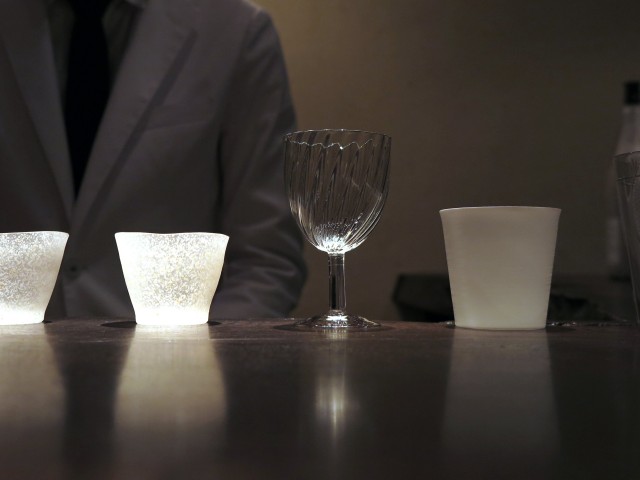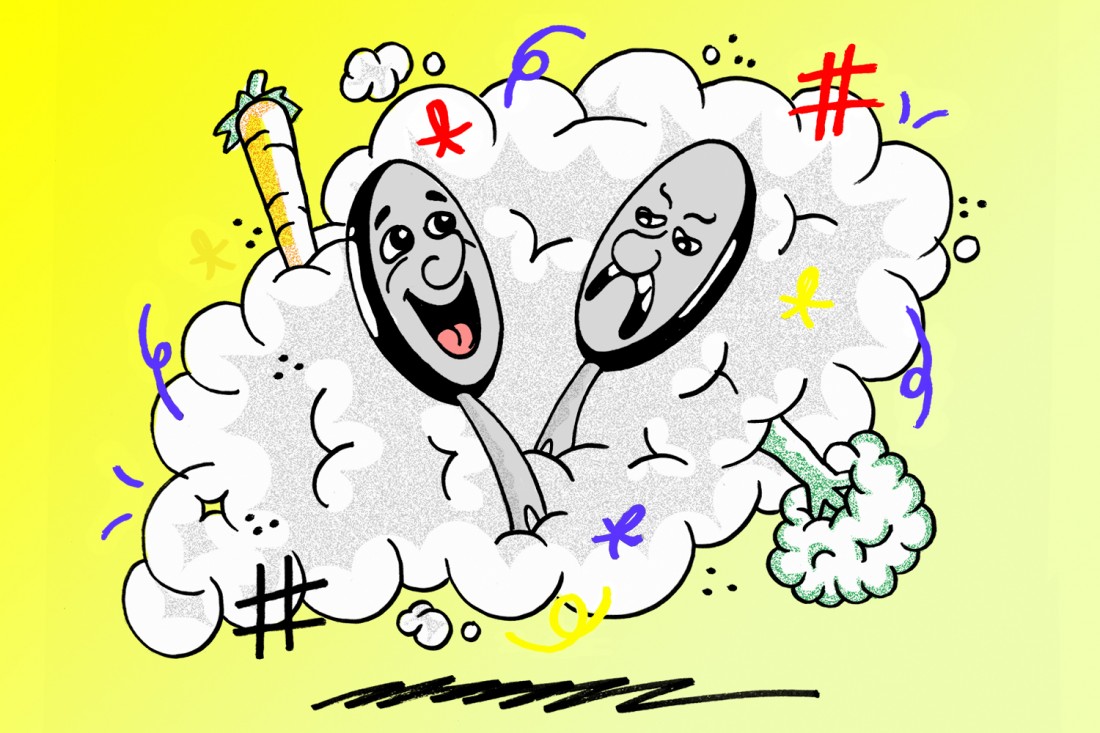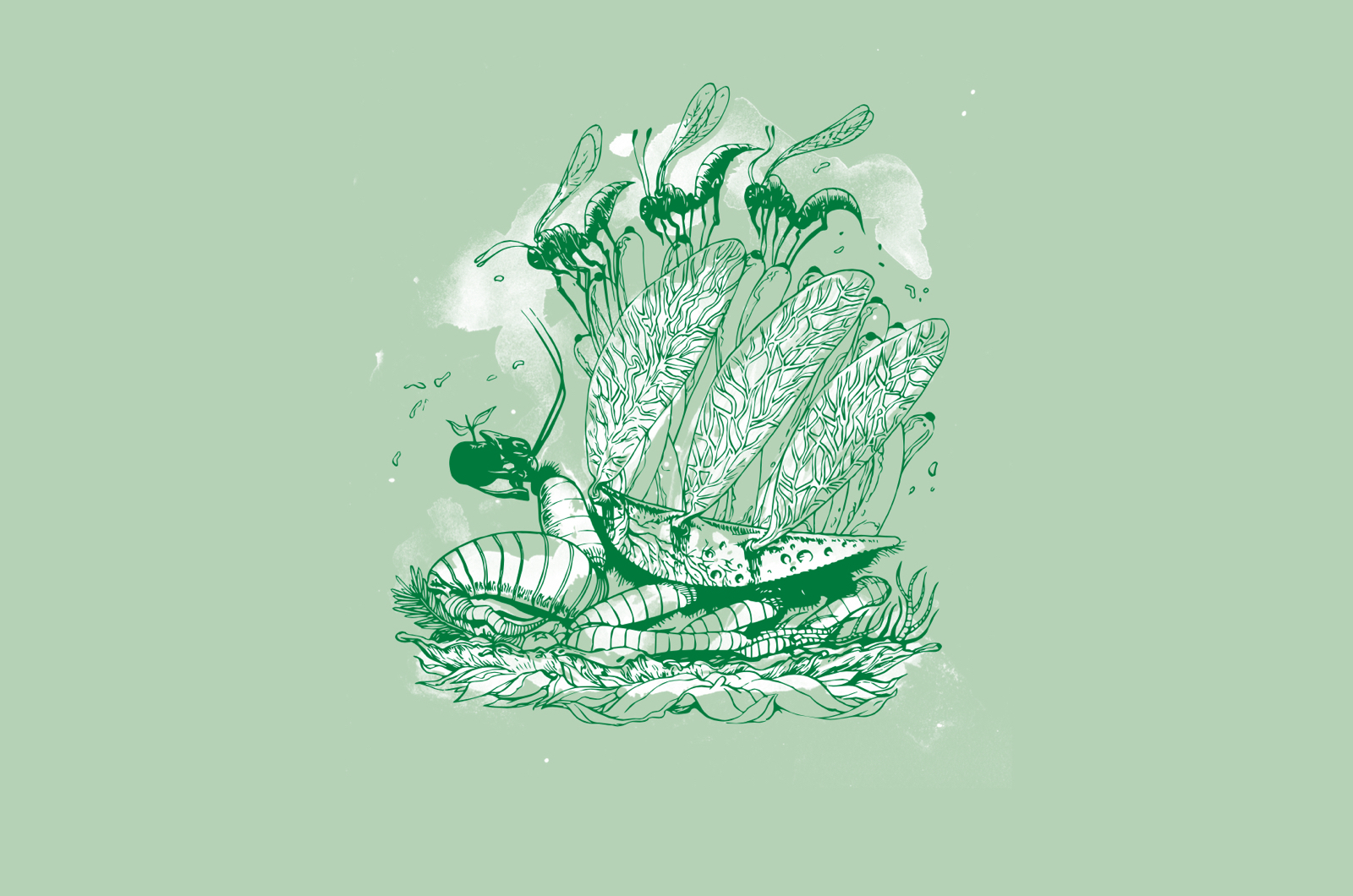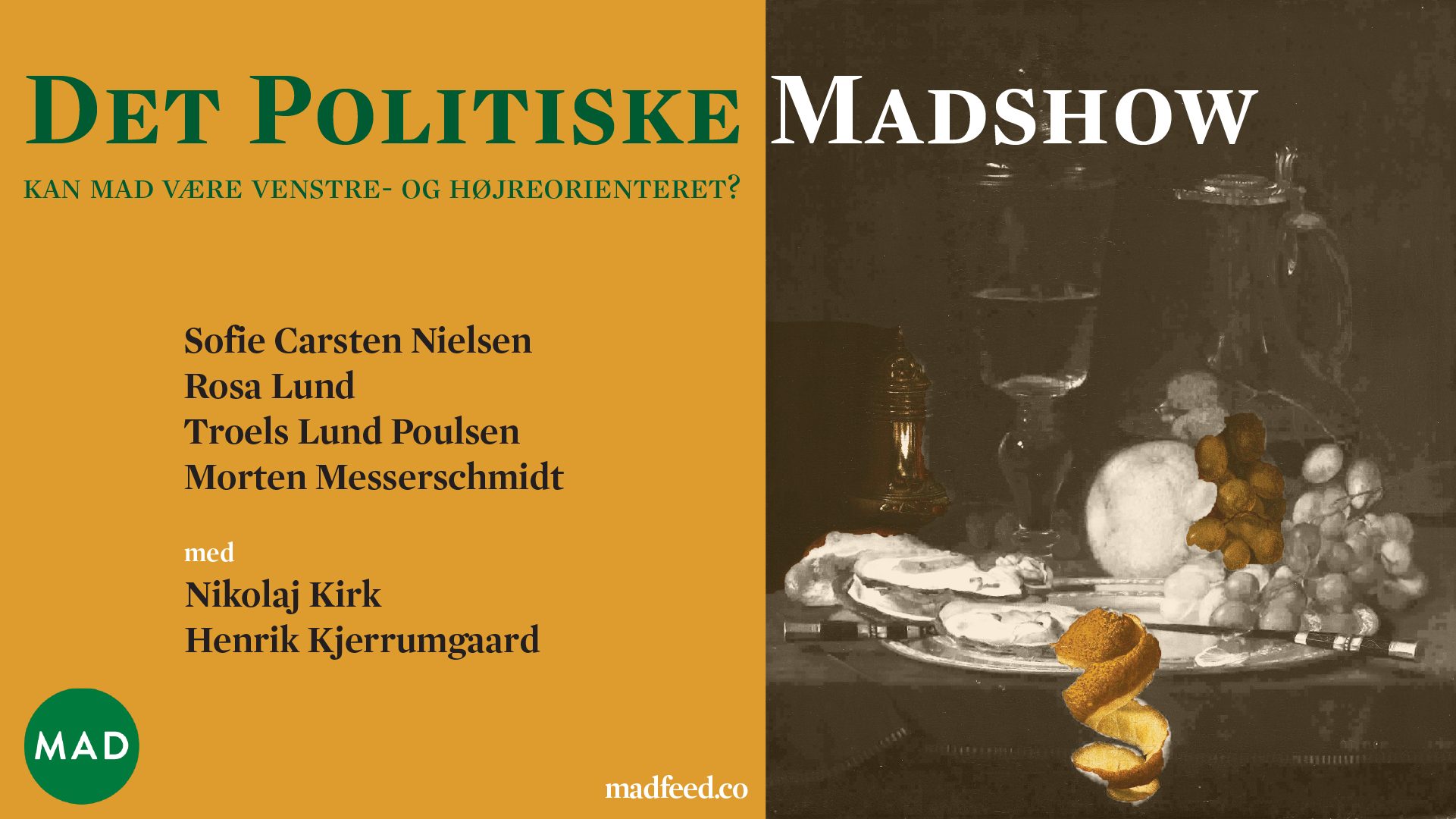MAD Masters: Tokyo’s Gen Yamamoto
This is the first in a series that focuses on the singular approaches of characters we meet around the world—everyone from farmers to craftsmen. Up first: Tokyo’s master mixologist Gen Yamamoto.
Gen Yamamoto’s eponymous cocktail bar is an intimate, eight-seater tucked on the edge of the Roppongi district in Tokyo.
His menu of six cocktails is built around the ingredients he finds most interesting at the market rather than classic cocktail paradigms. There might be creamy matcha and sake punched up with tart kiwi, or sweet tomato and shiso with rye vodka. He uses kudzu root, potato puree, and other ingredients usually reserved for the chef’s pantry, a habit he developed running the bar at David Bouley’s Brushstroke for many years.
Flavor similarly rules over convention when it comes to base liquors. Unfiltered sake is allowed to separate into lees and liquor so that each distinct flavor can be used differently. So-called less-premium liquors make the cut, so long as they taste great.
The bar itself is a massive plank of dark oak that leaves space for little else in the one-room bar. The walls are bare, and the lighting dim. There is no background music. Yamamoto works alone in a uniform of a stark white suit and black tie, orchestrating an experience devoid of distractions, so that all that matters are the drinks. When you take a sip, you’ll find it works. Everything seems to recede behind the purest, most vibrant flavors he has captured in your glass.
Here is the essence of Yamamoto’s approach, in his own words:
I approach cocktails like food. It’s all about the flavor and texture. It starts with seasonality and quality of the ingredients. The rest is simply cooking.
I adjust my proportions to account for the huge differences in the flavors of each product as they change—the sweetness of a strawberry through the season, or the intensity of the particular parts of fennel. I use a very coarse grater to get the right texture out of an apple, for instance. The water I cook with and the ice is also very important. The order of the menu also has an effect. I want the progression of flavors to help you feel the season. There are so many ways to control flavor.
The glass itself is also very important to how a drink tastes. I might choose the glass to balance the sweetness or acidity in a drink. The shape changes the flavor from neutral to round, or to sharp and more textural. A snifter shape is usually neutral. A narrower glass focuses the flavor.
Color in the glass matters too. It can bring out more complexity and layers or even dull it. For example, a glass with red stripes intensifies the flavors of a red strawberry or a red tomato. Porcelain feels right for teas.
You must consider every detail like another ingredient.





